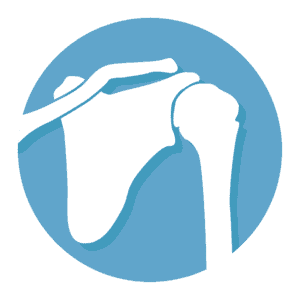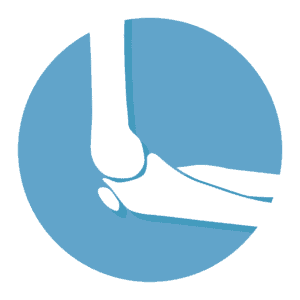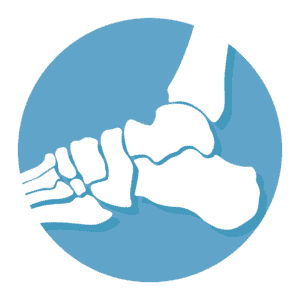On the other end of the spectrum, there are massive rotator cuff tears. Essentially, we have small, medium, large, and massive rotator cuff tears, which are barely repairable or non-repairable. We know that if there is a massive tear with retraction, meaning the tendon pulled back, we know that trying to fix that rotator cuff is likely to end up in a re-tear of the rotator cuff. Sometimes this is still the best option for the patient, but once we have that conversation and we put a percentage of success on the various options we are providing them, they may choose a different route. If the repair has an 80% failure rate in that situation, we will give them another option, such as a shoulder replacement where they have an 80% success rate. In the end, the patient may wanna choose that route.
There’s also a very new procedure, the InSpace balloon implant. This can be done through a scope. We’ve done about five of these procedures with good results. It’s been around in Europe for 10 years, but it’s only been around in America for a couple of months. We may tell the patient about this option, which they may choose that option based on the percentages of success that we give the patient. We let patients choose whether they want the procedure or not. If they want non-operative treatment, they can choose that as well. We like to give them the options, and the pros and cons of each option.








